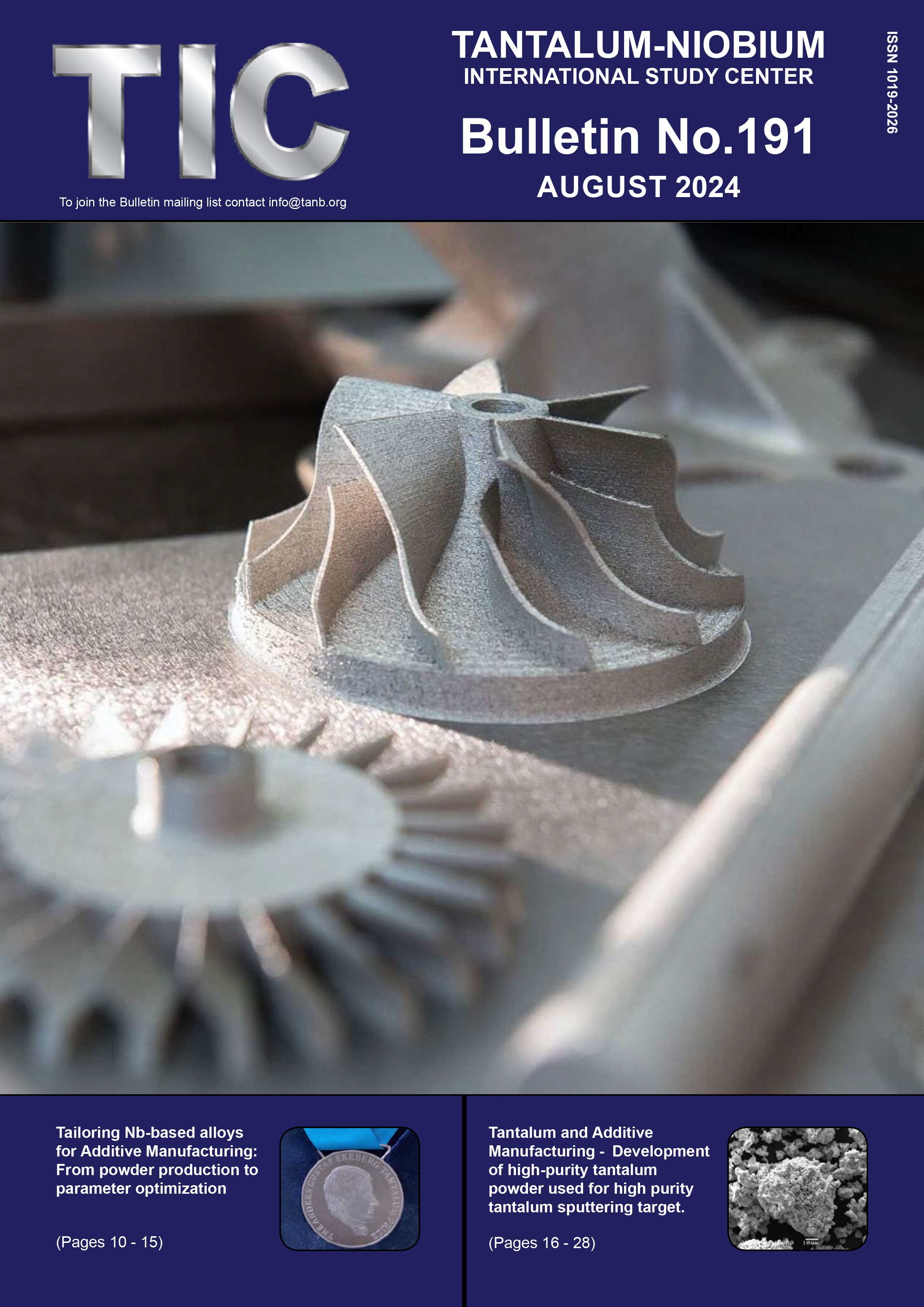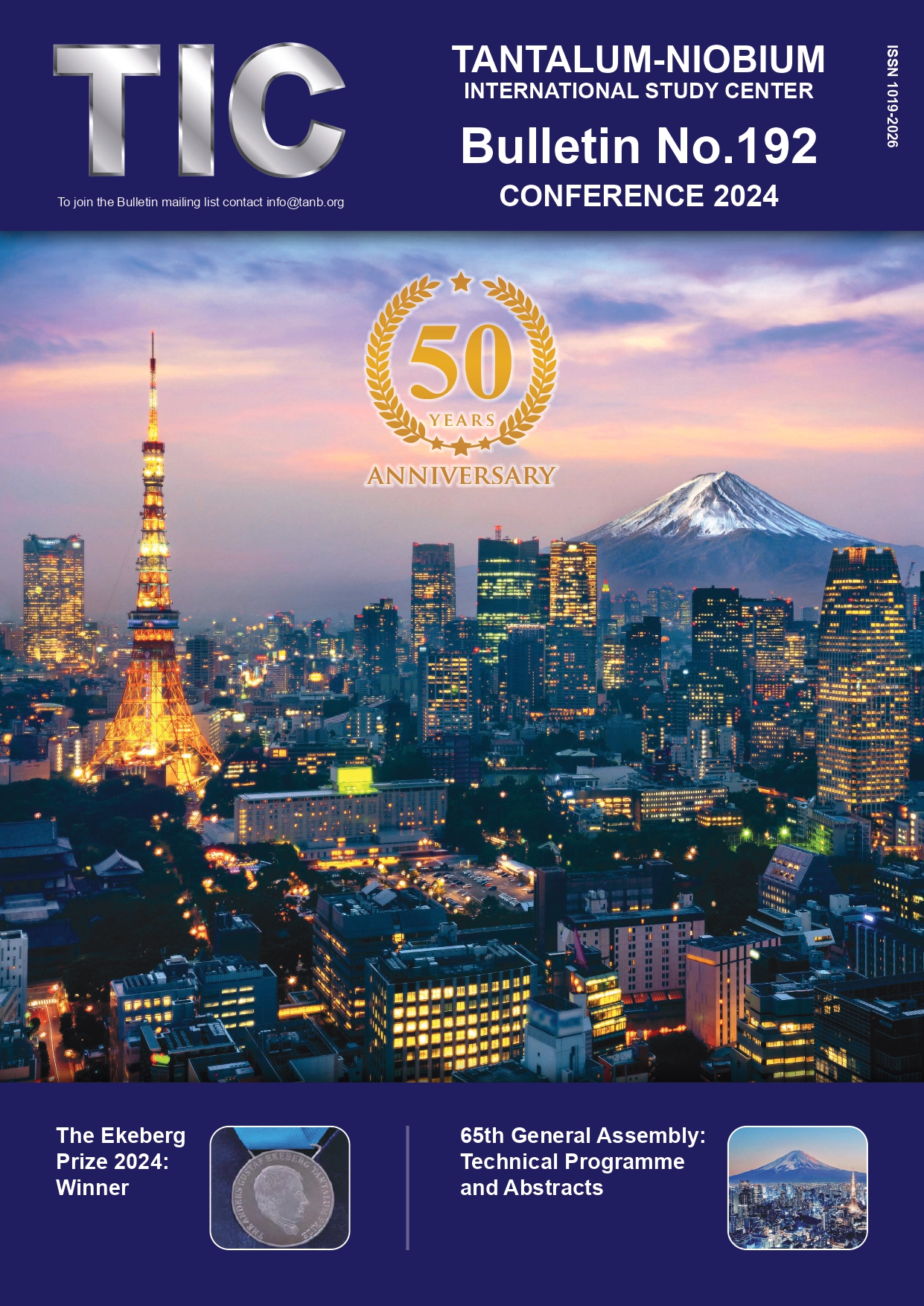Production of raw materials
The primary mineral from which niobium is obtained is known as pyrochlore. The world's largest deposit is located in Araxa, Brazil and is owned by Companhia Brasileira de Metalurgia e Mineracao (CBMM). The reserves are enough to supply current world demand for about 500 years, about 460 million tonnes. The mining of weathered ore, running between 2.5 and 3.0% Nb2O5, is conducted by simple open pit mining without the need for drilling and explosives.
.jpg)
Mineracao Catalao, Aerial view of Catalao plant (Ruy George Fischer)
Another pyrochlore mine in Brazil is owned and operated by Anglo American Niobio Brasil and contains 18 million tonnes, based on a grade of 1.34% niobium oxide. The third major deposit of pyrochlore being actively mined is the Niobec Mine in Quebec, Canada, owned by IAMGOLD Corp, with measured and indicated resources of 2.6 million tonnes, based on a grade of 0.41% Nb2O5.
In all three facilities, the pyrochlore mineral is processed by primarily physical processing technology to give a concentrate ranging from 55 to about 60% niobium oxide which is then processed into ferroniobium and other niobium metal products.
These three companies produce about 90% of the world's demand for niobium products, with most of that output being in the form of ferroniobium with a nominal 65% niobium oxide content, for making high-strength, low-alloy steel (HSLA steel) for the automotive and construction industries.
Columbite, the niobium rich homologue of the mineral columbotantalite, occurs in Brazil, Nigeria, and other countries in central Africa. Unlike pyrochlore, columbite is not processed at or near the minesite into niobium metal products, but is transported to the same processing industries which receive tantalum raw materials. There, the columbite is treated in the same manner as tantalite and the niobium content recovered along with any tantalum. The niobium obtained from columbite is mainly used in the production of high grade niobium oxide and other niobium chemicals.
Niobium is also found, in very small quantities, in the slags produced from the smelting of some tin ores.





